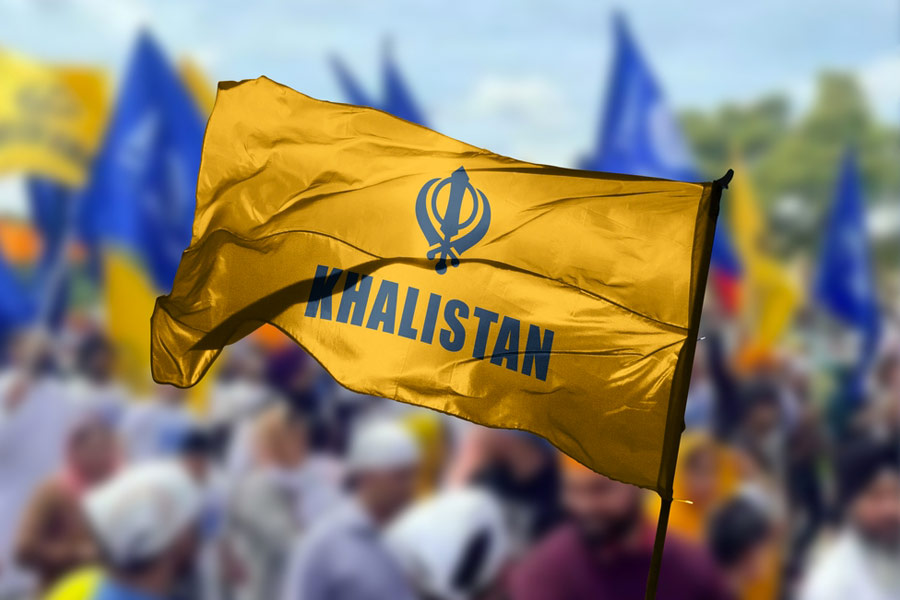
Introduction: Understanding the Khalistan Movement
The Khalistan Movement is a separatist campaign advocating for an independent Sikh state, Khalistan, in India. Emerging in the 20th century, it has been a subject of intense debate, political strife, and historical significance. While the movement has largely lost momentum, its ideology continues to resonate with certain groups. This article delves into the origins, impact, and ideology behind the Khalistan Movement, shedding light on its historical and present-day relevance.
Origins and Evolution of the Khalistan Movement in India
The Khalistan Movement in India traces its roots back to the colonial era but gained prominence during the 1970s and 1980s. The demand for an independent Sikh state intensified following the Anandpur Sahib Resolution in 1973, which called for greater autonomy for Punjab.
Tensions escalated in the 1980s when militant factions took control of the Golden Temple complex, leading to Operation Blue Star in 1984. The Indian government’s military action resulted in heavy casualties and widespread unrest. This event deeply affected the Sikh community, leading to the assassination of Prime Minister Indira Gandhi and subsequent anti-Sikh riots.
Despite government efforts to suppress insurgency, the Khalistan Movement in India remained active in certain regions and among the Sikh diaspora. While militancy has declined, the movement continues to have ideological and political significance.
Key Events That Shaped the Khalistan Movement
Several historical events contributed to the rise and decline of the Khalistan Movement:
- Partition of India (1947): The division of India and Pakistan led to massive displacement and violence, fueling Sikh concerns about their political representation.
- Anandpur Sahib Resolution (1973): This resolution sought greater autonomy for Punjab and later became the foundation of separatist demands.
- Operation Blue Star (1984): The Indian Army’s action against militants in the Golden Temple resulted in a major humanitarian crisis and intensified Sikh resentment.
- 1984 Anti-Sikh Riots: Following Indira Gandhi’s assassination, anti-Sikh riots led to thousands of deaths, further strengthening separatist sentiments.
- Decline in the 1990s: Government crackdowns and improved security measures led to the movement’s decline, though it still finds support among certain diaspora groups.
The Khalistan Ideology: Understanding Its Core Principles
The Khalistan Ideology is rooted in the belief that Sikhs constitute a distinct nation deserving of an independent homeland. Advocates argue that Sikhs have a unique religious, cultural, and political identity that necessitates self-rule.
Some key principles of the Khalistan Ideology include:
- Religious Identity: Proponents claim that Sikhism is more than a religion—it is a nation with a distinct historical and cultural heritage.
- Political Autonomy: Supporters argue that Sikhs should have their own governance system, free from perceived discrimination in India.
- Territorial Claims: The demand for Khalistan primarily focuses on Punjab, but some extreme factions advocate for a larger Sikh state.
While the movement has diminished in India, its ideological presence remains strong in countries like Canada, the UK, and the USA, where Sikh communities continue to discuss and debate its relevance.
Modern-Day Relevance and Global Influence of the Khalistan Movement
In recent years, discussions about the Khalistan Movement have resurfaced, particularly among Sikh diaspora communities. Digital platforms and advocacy groups continue to promote separatist narratives, often leading to diplomatic tensions between India and Western nations.
Key factors influencing the modern relevance of the Khalistan Movement include:
- Diaspora Influence: Sikh communities abroad play a crucial role in keeping the movement alive through advocacy and political lobbying.
- Geopolitical Factors: Some analysts believe that foreign political interests exploit the movement to create instability in India.
- Social Media and Technology: The rise of digital activism has allowed Khalistani ideologues to spread their message globally.
Despite these efforts, the Indian government has maintained a firm stance against any separatist movements, emphasizing national unity and regional development initiatives.
Conclusion: The Future of the Khalistan Movement
The Khalistan Movement remains one of the most debated topics in Indian history. While its violent phase has largely ended, the ideological battle continues. Whether the movement sees a resurgence or fades into history depends on political, social, and economic factors. For now, the idea of Khalistan remains a significant yet controversial chapter in Sikh and Indian history.
This article provided an in-depth look at the Khalistan Movement, its history, ideology, and modern implications. As discussions continue, understanding the movement’s complexities is essential for a well-rounded perspective.





Leave a Reply